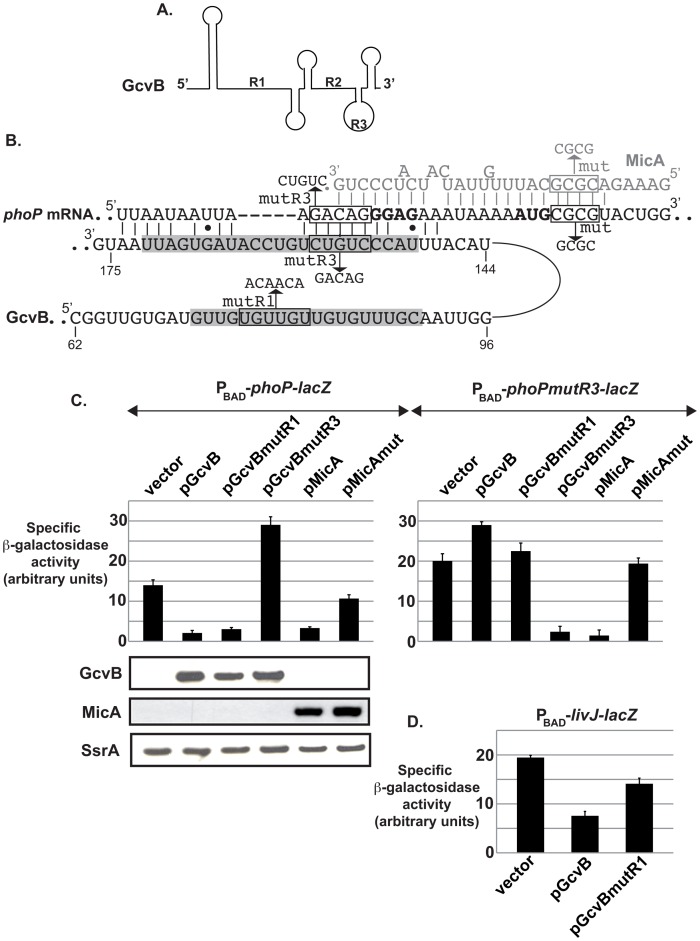Figure 3. GcvB directly controls phoP in vivo through a novel pairing region.
(A) Schematic of GcvB secondary structure based on previously published experimental data [12]. (B) Predicted base-pairing interaction between GcvB and phoPQ mRNA using the TargetRNA program. Numbering of GcvB nts is relative to the transcription start site. Nature of mutations mut and mutR3 in phoP (that abolish control by MicA and GcvB respectively) are indicated as well as the mutations mutR1 and mutR3 in GcvB. Nts of GcvB shaded in grey correspond to the conserved single-stranded regions R1 and R3. MicA sequence and its base-pairing interaction with phoP are in grey. (C) Compensatory changes in GcvB and phoP-lacZ RNAs restore control in vivo. The ß-galactosidase activity of strains deleted for gcvB and carrying either a wt phoP-lacZ fusion (strain MG1585) or its mutR3 derivative (strain MG1586) under control of the PBAD promoter was assessed upon overexpression of MicA, GcvB or their derivatives. In the course of the experiment, RNA was extracted from the different transformants and the levels of GcvB, MicA and SsrA (used as a loading control) were analyzed by Northern-Blot. (D) A mutation in the R1 region of GcvB decreases its ability to regulate livJ. The ß-galactosidase activity of a PBAD-livJ-lacZ fusion (strain AC0067) was measured after transformation with GcvB or GcvBmutR1 overexpressing plasmids.

